
Meet the best Indian Test XI from 1990 to 2020
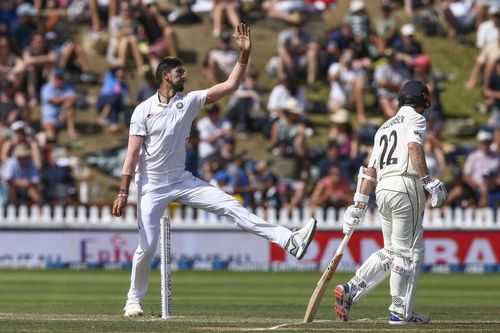
Picking the best eleven players of a cricket team of a particular generation, country or era never goes out of fashion. English great Geoff Boycott was perhaps the biggest statesman to put tangibility to it, with his 2008 book The Best XI. All major sporting action in general and cricket in particular have come to a standstill owing to the global Covid-19 pandemic. On that backdrop, let us have a look at a series of best Test XIs from a particular country or time.
Today, we pick the best Indian Test XI from 1990 to 2020. We have argued vehemently in favour or against players who could have made the team but missed out due to their playing careers not coinciding with the years we have mentioned. The great Kapil Dev who retired in 1994 is the biggest casualty because of this logic.
This Indian team has been picked on the assumption that it would play on home soil, therefore it consists of two quicks and two spinners. Six batsmen and a wicketkeeper make up the batting order. Without further ado, let us meet the XI.
Openers
Virender Sehwag (Delhi, Haryana)
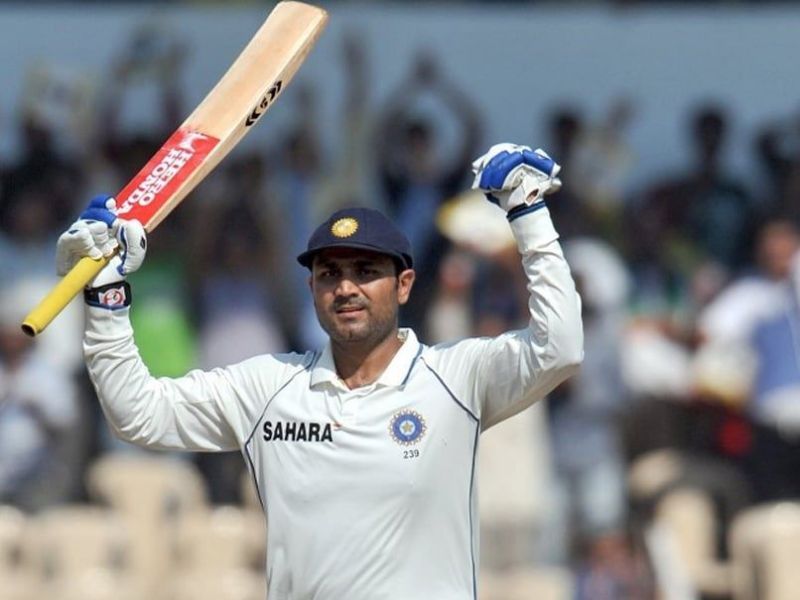
Any Indian team selected from players who plied their trade from 1990 onwards cannot be complete without the swashbuckling Virender Sehwag. Fondly called the Nawab of Najafgarh, this Delhi batsman, who later went on to play for Haryana, scored 8586 Test runs in 104 matches, with 23 centuries and 32 half-centuries to his name. Thus Sehwag's name on this list is a no-brainer.
The smasher could take the game away from the opposition in no time when he got going. A lack of footwork was more than made up for by his extraordinary hand-eye coordination. Sehwag is also the first and only Indian batsman to have scored two triple centuries in Test cricket. Sehwag's 6 double hundreds are only one behind that of present captain Virat Kohli for most double hundreds by an Indian in Tests.
Gautam Gambhir (Delhi)
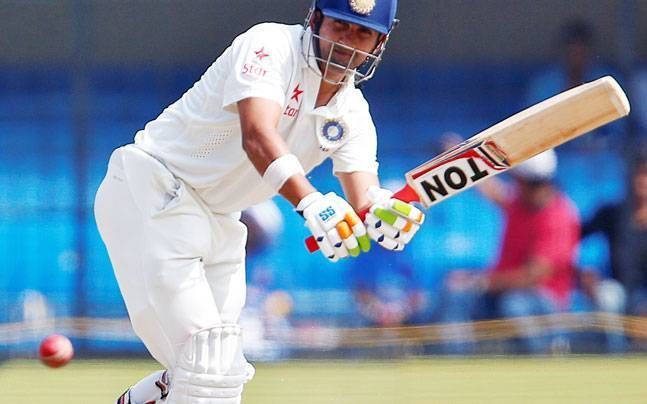
Although there is a bit of tussle between Gautam Gambhir and Navjot Singh Sidhu for the second opener's slot beside Sehwag, the former wins it by a narrow margin. Gambhir has 4154 runs in the 58 tests he played while Sidhu scored 3202 runs in 51 matches. The latter, however, has a higher test average than Gambhir, although the difference is in decimal points- 42.13 to the former's 41.95.
Sidhu was a star in his own right, but we choose to go with Gambhir here purely because of his doggedness and the stability he could provide to the team. Sidhu was a player more in the Sehwag mould, who could take bowling attacks apart when in the mood but was too inconsistent. Thus Gambhir earns his place in this side on the basis of being a grafter and someone who could be relied on in testing times.
Rest of the top order (3-4)
Rahul Dravid (Karnataka)

Rahul Dravid, 'The Wall' of Indian cricket, would walk into any side of any generation purely on the basis of the rock-solid stability he would bring to the team. The former Karnataka and India captain boasts 13288 runs in 164 Tests at an average of 52.31. He is one of the few Indian batsmen who averages higher playing overseas (53) than at home (51.)
Dravid is also hailed as one of the rare classical batsman to have played the game in the modern era.
With impeccable footwork, a watertight defence, and flawless positioning of the head, Dravid's batting was a living coaching manual. Despite living under the shadow of his illustrious teammate Sachin Tendulkar, Dravid has rescued the team from numerous difficult situations. Thus his selection in this team does not merit any questions from doubters.
Sachin Tendulkar (Mumbai)
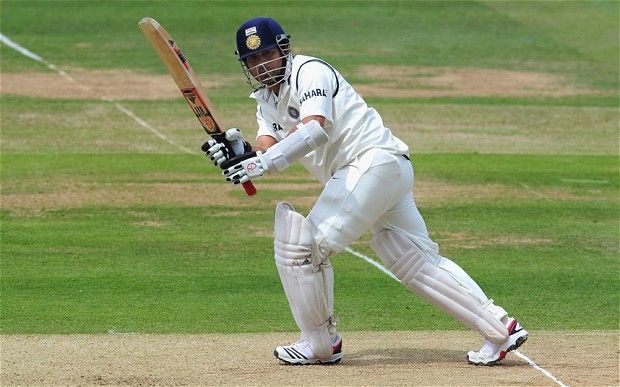
Arguably the greatest batsman India has ever produced, does a certain Sachin Tendulkar even need an introduction? The Mumbai player made his Test debut at the tender age of 16 and went left his mark against a hostile Pakistan bowling attack baying for blood on home turf. His tallies of 15921 runs and 200 appearances are the most by any player in Test history.
Tendulkar was one of the first Indian cricketers to show the adoring public that cricketing battles could be fought and won on the ground. During his illustrious career, he tore to shreds greats like Alan Donald, Shane Warne, Muthaiah Muralidharan and Glenn McGrath, which reinstated his stature in Indian cricket as being the greatest ever.
The middle order (5-6)
Virat Kohli (Delhi)
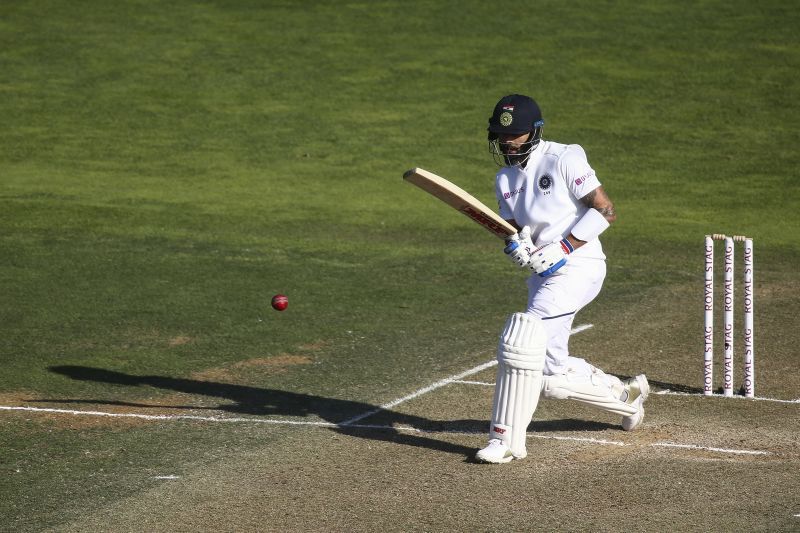
India captain Virat Kohli earns his place in this side by dint of the sheer weight of his numbers. There is a little bit of a tussle between him and former India and Hyderabad captain Mohammad Azharuddin for the number five spot. But the former gets the nod due to his superior numbers (7240 runs in 86 tests) compared to the latter (6215 runs in 99 tests). In addition, Kohli is also as good a fielder, if not better, than Azharuddin, so there ought to be no complaints in that department.
The Delhi player first came into the limelight when he was the captain of the Indian team that won the ICC Under-19 World Cup in 2008. He was drafted into the senior side soon after on the back of strong domestic performances and he has not looked back since. Kohli is one of the best batsmen in the world at the moment and is the present captain of the Indian Test team.
VVS Laxman (Hyderabad)
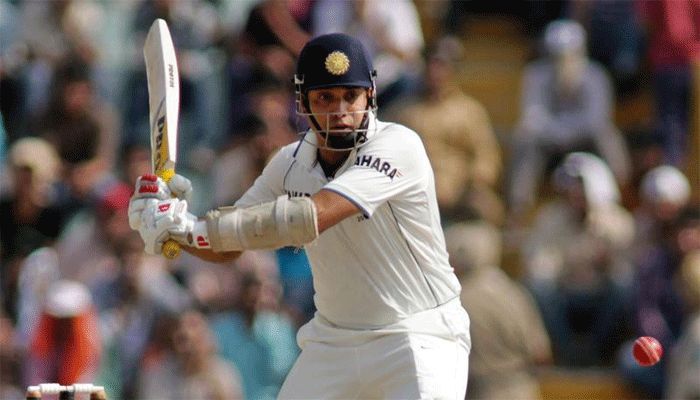
VVS Laxman, who is hailed as one of the most artistic and stylish batsman India has ever produced. The Hyderabadi walks into this side on the basis of his tally of 8781 runs in 134 Tests. Laxman is one of 28 players and 4 Indians, to have scored over 1000 runs in the fourth innings of Test matches.
One of the mildest and gentlest characters to have played the game, Laxman played a key role in ensuring India became the number one Test team in the world in 2008. With 17 centuries and 56 half-centuries to his name, he will bat at number six in this team.
Wicketkeeper (7)
Mahendra Singh Dhoni (Jharkhand) - Captain
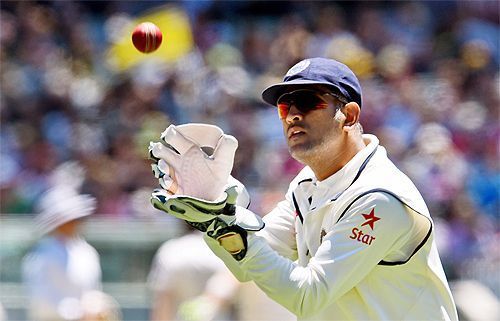
Mahendra Singh Dhoni is the most successful captain India has ever had. Under his able stewardship, the team won the inaugural ICC World Twenty20 in 2007, became the number one test nation in 2008, and won the ICC Cricket World Cup in 2011.
Dhoni is also the most successful wicketkeeper-batsman India has ever produced. With 4876 runs in 90 matches at an average of 38, he was no mug with the bat in Test cricket. Dhoni has one Test double hundred amongst his 6 Test centuries - the most by any Indian wicketkeeper.
His wicketkeeping, just like his batting, is unorthodox but highly effective. The Jharkhand player has 256 catches and 38 stumpings against his name. Dhoni has been lauded by experts for his effective glovework especially when keeping to the likes of Anil Kumble, Harbhajan Singh and Ravichandran Ashwin. Dhoni's stumpings are lightning quick and no Indian wicketkeeper who played in the period 1990-2020 can possibly match his stature.
Spinners (8-9)
Harbhajan Singh (Punjab)
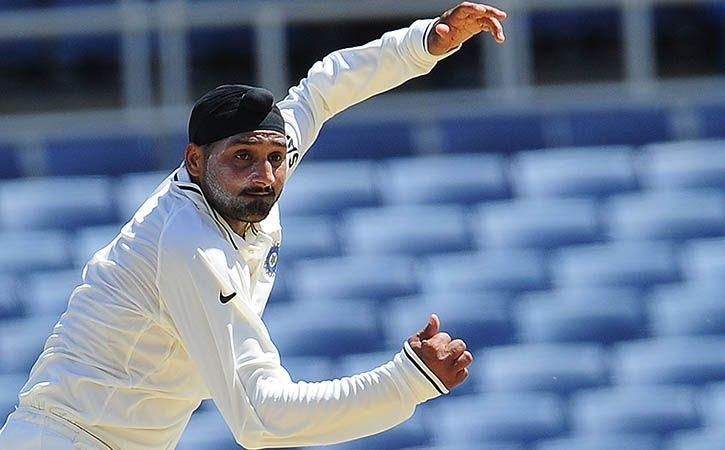
Punjab off-spinner Harbhajan Singh cannot be ignored and earns his place in this side on the back of significant numbers. With 417 wickets in 103 Tests, Singh can be labelled as a modern-day great. He will forever be remembered for taming the mighty Ricky Ponting whenever Australia toured India and also for making other top quality batsmen look clueless against him.
Singh was also a decent lower-order batsman, as his tally of 2224 runs would justify. He has two Test centuries against his name, both of which came against New Zealand in Ahmedabad and Hyderabad respectively in 2010 . Fondly nicknamed 'The Turbanator', he wins the battle over Ravichandran Ashwin to become the lone off-spinner in this side.
Anil Kumble (Karnataka)
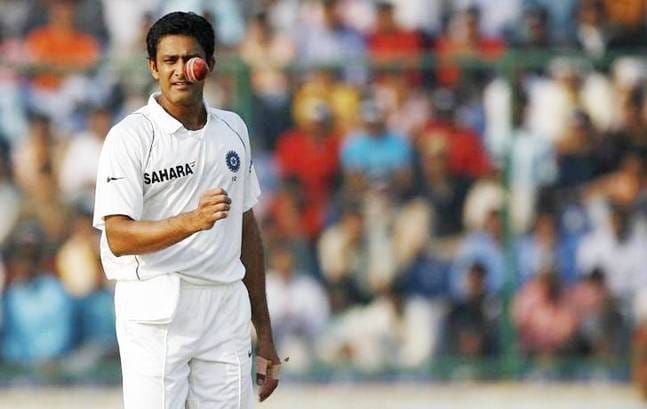
How can we leave out India's leading wicket-taker in Test cricket - Anil Kumble from this team? With 619 scalps in 132 Tests, the Karnataka stalwart walks into any Test team of any era without much discussion.
He has a staggering tally of 35 five-wicket hauls against his name. Making his debut against England at Old Trafford in August 1990, Kumble played for 18 years at the international level before calling it a day in 2008.
One of 2 players, the other being Jim Laker, to take all 10 wickets in a Test innings, Kumble was an unorthodox leg spinner who relied more on accuracy than turn and guile. In that way, he was different from Australian legend Shane Warne who relied on prodigious turn.
Kumble is third in the list of all-time wicket-takers in Test cricket, behind fellow spinners Muthaiah Muralidharan (800) and Warne (708). Kumble, the batsman, was handy as well, having scored a Test hundred and five fifties in the longest format of the game.
Fast bowlers (10-11)
Ishant Sharma (Delhi)
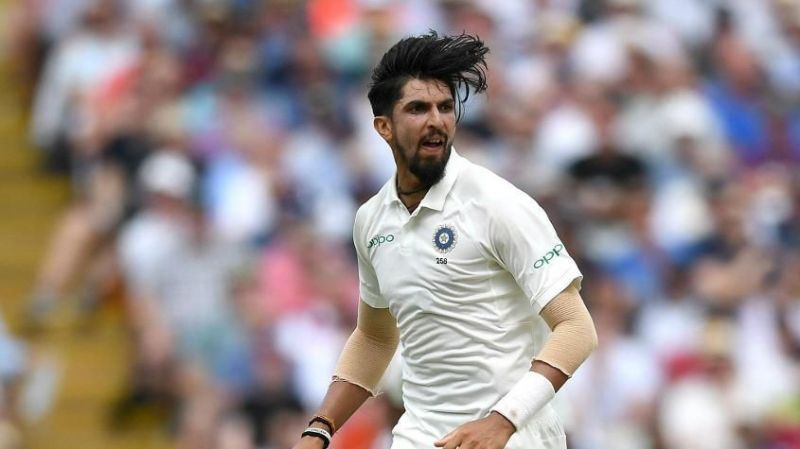
Lanky fast bowler Ishant Sharma made an early impression in the minds of cricket fans when he made bested none other than Ricky Ponting in the 2007/08 one-day series between Australia and India.
In Test cricket too, the Delhi pacer has been an epitome of longevity. Having played 97 Tests so far, Sharma has 297 wickets against his name and there is no doubt that he still has a few more years left in him.
Sharma was a key member of the bowling attack under Mahendra Singh Dhoni and he is just as crucial to the team under Kohli. The Delhi pacer narrowly takes the nod ahead of Karnataka's Javagal Srinath.
Zaheer Khan (Baroda, Mumbai)
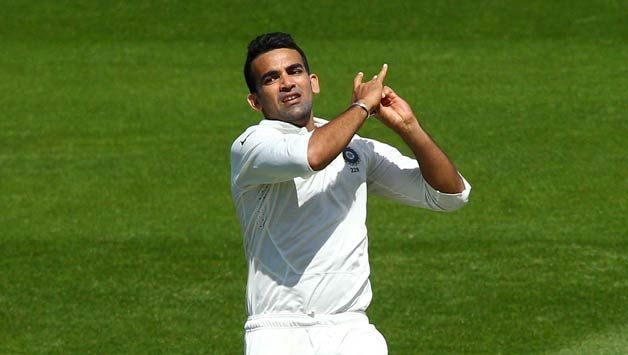
No Indian team picked between the period of 1990 and 2020 can be complete without Zaheer Khan. The left arm fast bowler, who started his first-class career with Baroda before shifting to Mumbai, made his Test debut in 2000 against Bangladesh. Khan was a torchbearer of fast bowling in India and someone who could move the ball both ways. His battles with South Africa's Graeme Smith were lip-smacking and deeply relishing.
Khan ended his Test career in 2014, with 311 wickets in 92 games against his name. It is the highest tally of Test wickets by an Indian left-arm bowler, and the most behind Kapil Dev (434) by an Indian fast bowler. Kapil Dev, of course, could not be included in this list even though he retired in 1994, as he played out the majority of his career in between 1978 and 1990.